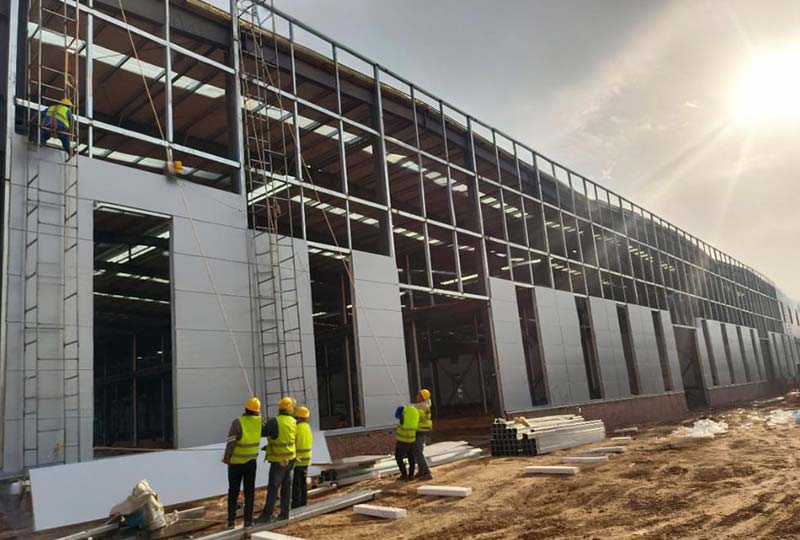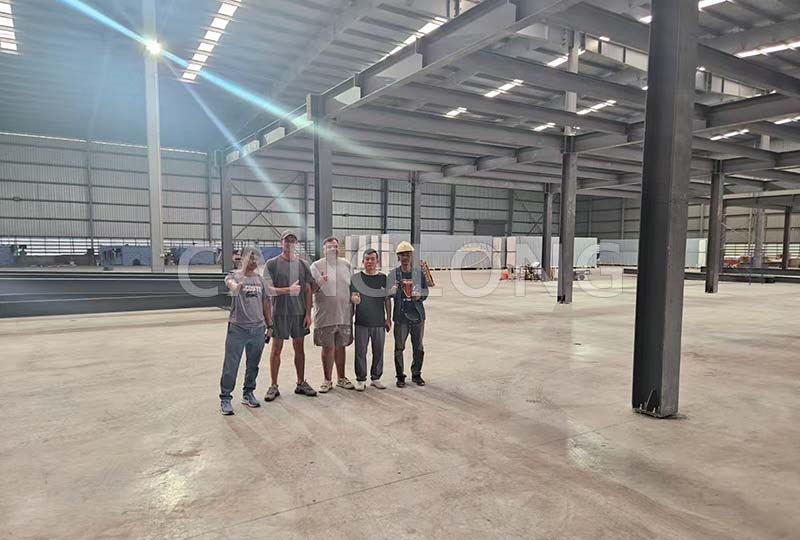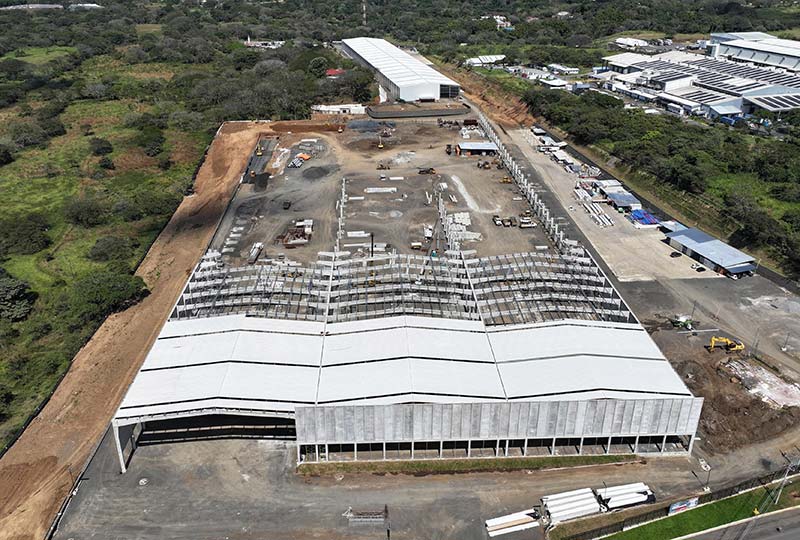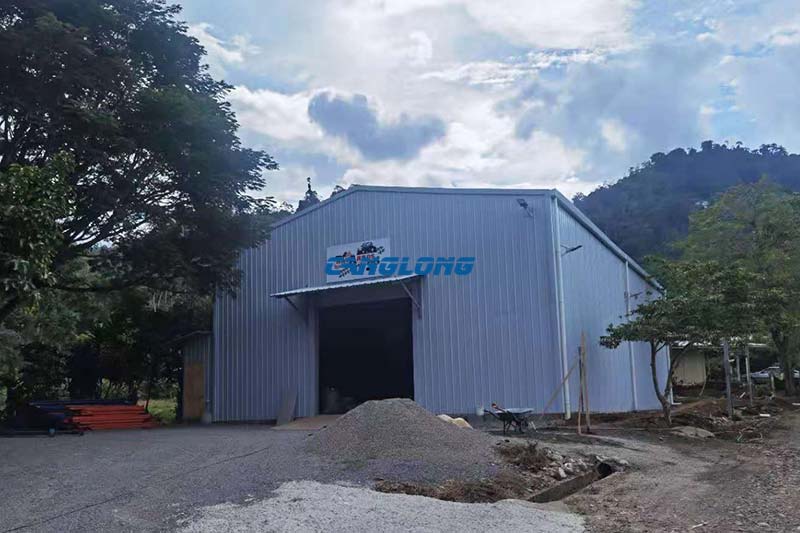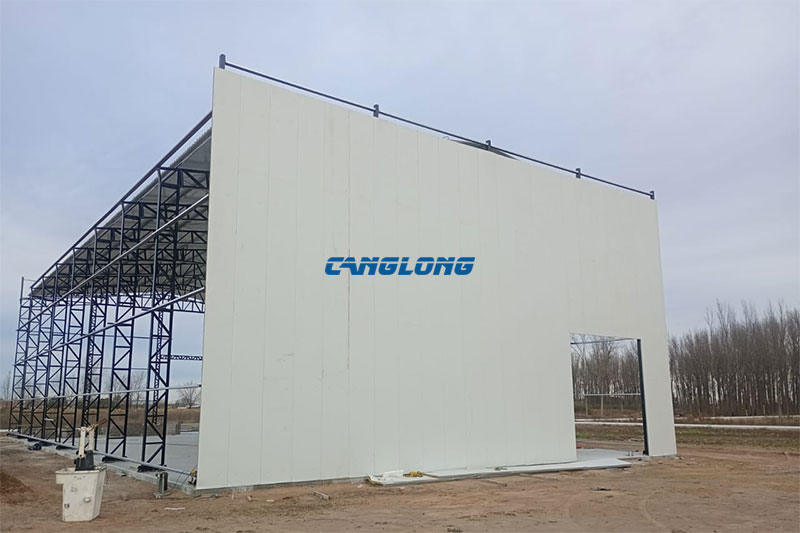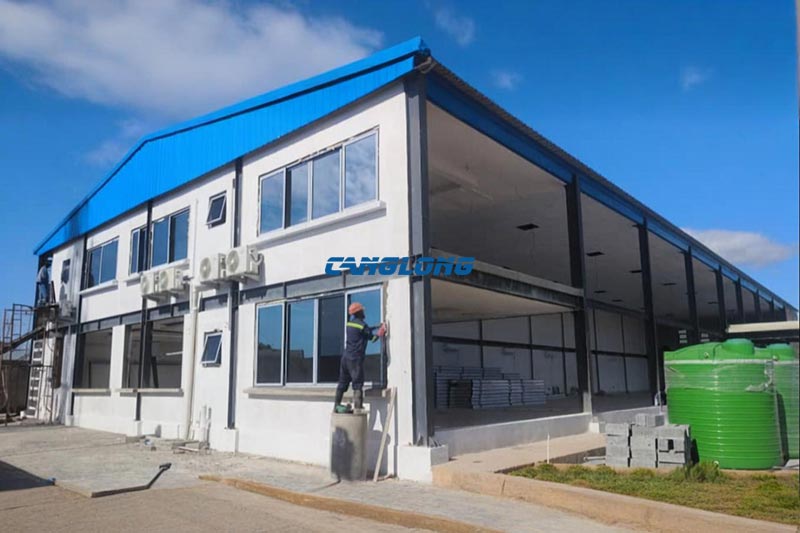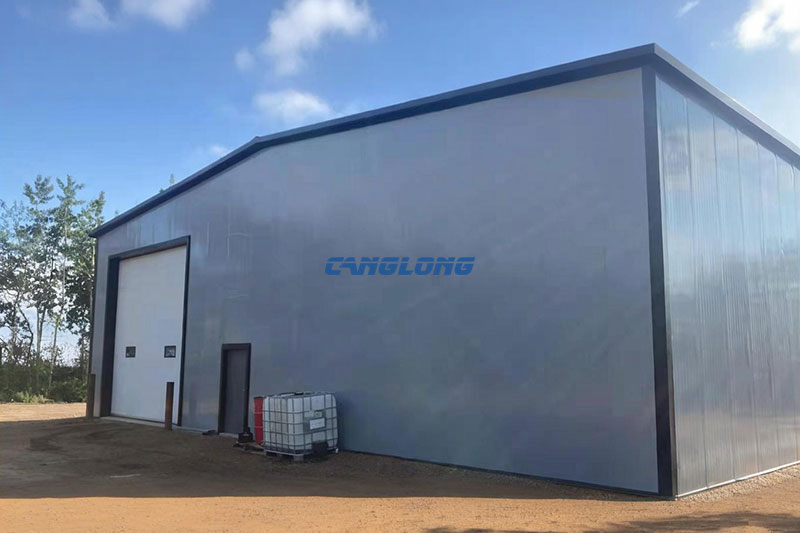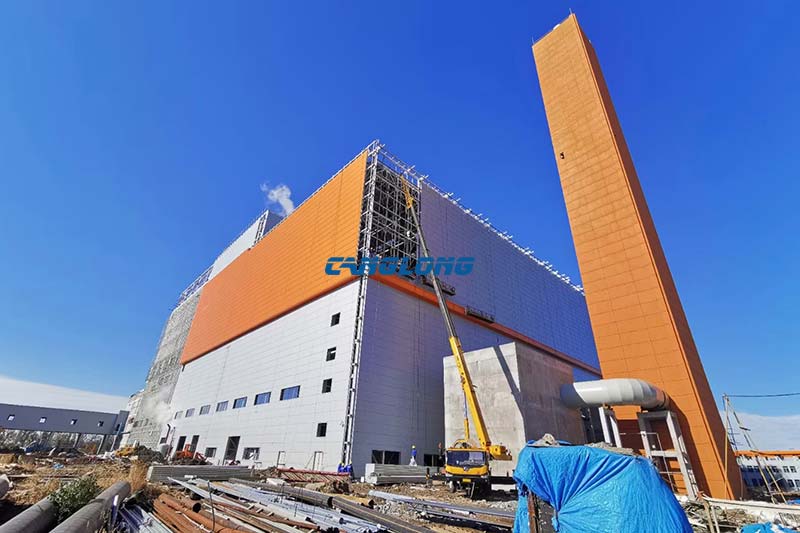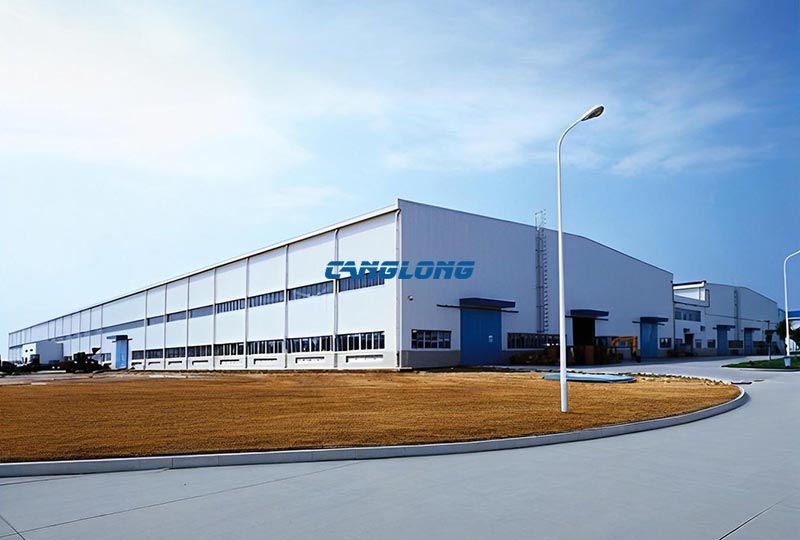
 2025-08-06
2025-08-06
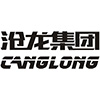
Design standards for steel structure factories
As global manufacturing upgrades and sustainable development converge, steel structure factories, due to their high strength, fast construction, and recyclability, have become a mainstream choice for international industrial real estate. For investors and multinational manufacturing companies, choosing steel structure factory building is not just a pursuit of production efficiency; it also comprehensively considers the building’s lifecycle costs, carbon emissions compliance, and ability to mitigate climate risks.
This article will combine three current hot topics in the industrial construction sector: green transformation under the goal of carbon neutrality, resilient design for frequent extreme climate events, and intelligent construction driven by digital technology. It will systematically analyze the core design standards for steel structure factories and compare them with mainstream international standards (such as AISC in the United States, EN in Europe, and AS/NZS in Australia), providing technical references and valuable insights for clients.
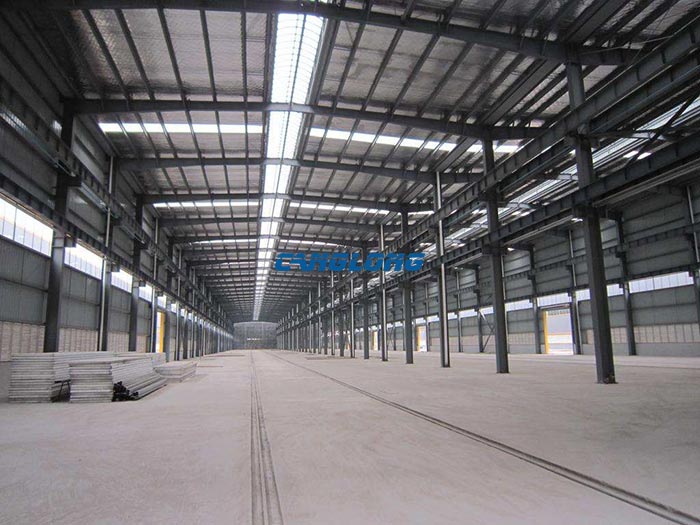
1. Basic Safety
The safety of steel structure factory building is a primary concern for clients worldwide. This is despite the fact that steel structure design standards vary across countries and regions. Examples include the US AISC 360-16, the European EN 1993-1-1, and the Australian AS 4100-2020. However, their core logic is highly unified, based on probabilistic control of material properties, load conditions, and environmental risks.
Material and component standards: The international market has strict requirements for the strength, toughness, and weldability of steel used in steel structures. For example, European standards require structural steel to comply with EN 10025-2 (high-strength steel with a yield strength ≥ 355 MPa) or EN 10210-1 (hot-formed structural steel pipe). The US AISC recommends the use of ASTM A992 (yield strength 345 MPa) or A572 Grade 50 (yield strength 345 MPa). China’s GB 50017-2017 has been aligned with ISO 630:2019. The mechanical properties of mainstream steel grades (such as Q355 and Q390) fully meet international project requirements. Furthermore, domestically produced steel products certified by international standards such as CE (EU) and AS/NZS (Australia and New Zealand) can be directly used in international projects.
Load and Disaster Resistance Design: Wind, earthquake, and snow load resistance are core safety indicators for steel structure factories. For example, in hurricane-prone areas like Florida, factories are required to be designed for wind speeds up to 500 years (approximately 50 m/s), and wind tunnel testing is required to verify the wind-uplift resistance of the enclosure structure. Japan mandates that factories meet the seismic fortification requirements of the Building Standards Act (no damage in minor earthquakes, repairable in moderate earthquakes, and resistant to collapse in major earthquakes). Steel frame bracing systems or buckling-restrained braces (BRBs) are used to improve ductility. Chinese standards (GB 50009 and GB 50011 already cover major global disaster scenarios and ensure international compatibility of design standards through collaboration with international organizations (such as sharing earthquake research with the US FEMA).
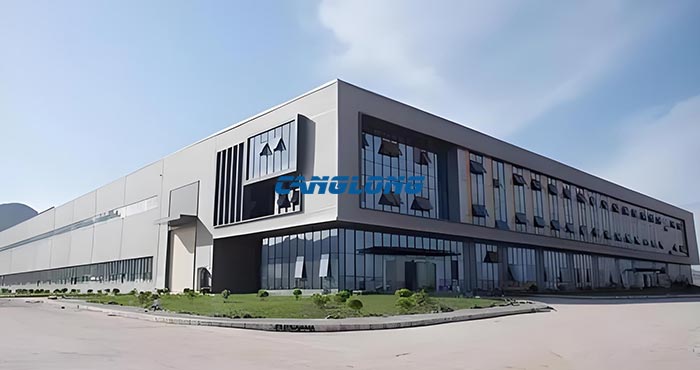
2. Green Transformation
The 2023 global carbon neutrality target now covers over 130 countries. Policies such as the EU’s “Fit for 55” program and the US Inflation Reduction Act (IRA) include industrial building carbon emissions under regulation. Steel structure factories, due to their recyclable materials, low-emission construction, and energy-efficient operation and maintenance, are key drivers of industrial decarbonization. Their design must focus on reducing carbon emissions throughout the entire production, construction, and operation and maintenance cycle.
On the material side, the application of low-carbon steel and recycled steel in steel production accounts for 7% -9% of global carbon emissions, and reducing the carbon footprint of steel is the core. Europe has promoted low-carbon steel certification (such as ArcelorMittal’s “XCarb”), requiring steel carbon emission intensity to be ≤ 1.5t CO ₂/t steel (traditional steel is about 1.8t). The US AISC 2023 version of the specification has added design guidelines for low carbon steel, encouraging the use of steel produced by hydrogen metallurgy and short process electric furnaces. Chinese steel companies such as Baowu and Hegang have achieved breakthroughs in hydrogen based vertical furnace steelmaking technology, and their low-carbon steel products (carbon emissions ≤ 1.3t CO ₂/t steel) have passed the EU CBAM certification and can be directly used for international projects. In addition, the use of recycled steel (including over 30% scrap steel) can reduce carbon emissions by 20% -30%, meeting the material cycling requirements of green building certifications such as LEED in the United States and BREEAM in the European Union.
On the construction end, modular and prefabricated design is used for over 60% of on-site wet operations in traditional concrete factories, while the prefabrication rate of steel structure factories can reach 80% -90%. Modular design divides the factory into standardized functional modules (such as production area, storage area, office area), which can be transported to the site after component processing and assembly in the factory. This can shorten the construction period by 30% -50% and reduce on-site dust and noise pollution. For example, ThyssenKrupp in Germany designed a steel structure factory for Tesla’s Berlin plant, which compressed the construction period from 18 months to 10 months through modular prefabrication, while reducing construction waste by 40%. International standards such as ISO 15312 have standardized the interface accuracy and load transfer of modular steel structures to ensure seamless connection between modules.
Operation and maintenance end, integrating energy-saving and renewable energy, the large-span, column free space characteristics of steel structure factories are naturally adapted to energy-saving technologies such as photovoltaic roofs and ground source heat pumps. The design needs to focus on:
- Roof Integrated Photovoltaics (BIPV): The photovoltaic panels are supported by lightweight steel trusses (weight ≤ 15kg/m ²) to avoid structural reinforcement.
- Natural ventilation and lighting: Utilizing high-level side windows and ventilators, combined with thermal pressure ventilation, to reduce mechanical ventilation energy consumption.
- Waste heat recovery: In high-temperature workshops such as metallurgy and chemical engineering, equipment waste heat is recovered through pipelines inside steel frames for heating or power generation. These designs can reduce the energy consumption of the factory building by 25% -40% compared to traditional concrete factories, meeting the EU NZEB standards.
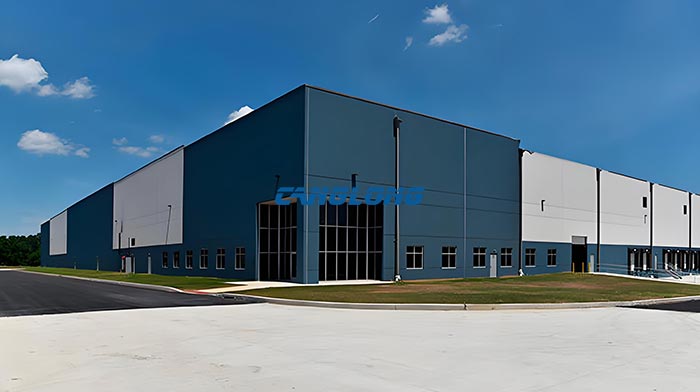
3. Climate Resilience
Global warming is leading to more frequent extreme weather events. The 2023 North American Hurricane Ida, the European heatwave (with temperatures exceeding 48°C), and torrential rain in North China (with single-day rainfall breaking a 1,000-year record) all place higher demands on industrial facilities. The resilient design of steel structure plants must be customized and optimized based on regional climate characteristics.
Wind and impact resistance: In hurricane-prone areas, the connection between the roof and the main structure must be strengthened, using both bolts and shear keys for dual fastening. The roof panels must meet UL 580 Class 90 wind resistance rating (capable of withstanding 90 psf wind pressure). In coastal areas, the thickness of the hot-dip galvanizing layer (≥85μm) can be increased to prevent salt spray corrosion. When Hurricane Ian struck Florida in 2022, a steel factory designed using AISC 360-16 suffered only partial damage to the color-coated steel plate, while the main structure remained intact, demonstrating the wind resistance advantages of steel structures.
High-temperature and fire protection: Fire resistance of steel structures is a key consideration in high-temperature regions such as Europe and the Middle East. According to EN 1994-1-2, steel components should be provided with a fire-resistant coating (5-30mm thick) or a combination of passive fire protection and active cooling (such as sprinkler systems within beams) based on the fire risk of the area (e.g., warehouses and production workshops). China’s GB 51249-2017 standard has introduced an equivalent fire exposure time calculation method, fully compatible with international standards.
Snow accumulation and freeze-thaw resistance: Snowy regions such as North America and Northern Europe require roof snow load verification. Snow accumulation can be reduced by optimizing the roof slope (≥30°) or installing snow guards. Cold regions require weathering steel (such as Q345NH) or hot-dip galvanizing (zinc layer thickness ≥ 65μm) to prevent brittle fracture caused by freeze-thaw cycles.
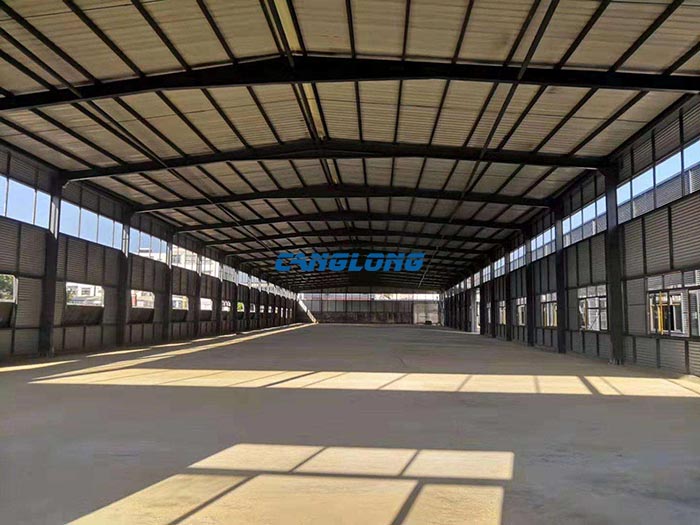
4. Digital Empowerment
In the Industry 4.0 era, the design of steel structure factories has shifted from experience-driven to data-driven. Digital technology is integrated throughout the entire design, construction, and operation and maintenance process, becoming a key tool for improving efficiency and reducing risks.
BIM Full Lifecycle Management: International mainstream BIM standards (such as ISO 19650) require steel structure projects to utilize 3D collaborative design, integrating structural, mechanical, electrical, and architectural information. For example, using Revit + Tekla software enables precise modeling of steel components (with an error of ≤ 2mm), with automatic collision detection to reduce construction changes. BIM + GIS (Geographic Information System) can simulate the project site’s wind and sunlight conditions to optimize factory building orientation and window placement.
Digital Twins and Predictive Maintenance: During the operation and maintenance phase, digital twin models are constructed by deploying sensors (strain, temperature, and vibration) to monitor the structural health in real time. For example, a digital twin system enabled the steel structure building at General Motors’ Detroit plant to provide six months’ advance warning of minor deformation in the main steel columns, thus avoiding production losses. The European standard EN 1990-2002 has recognized the application of digital twin technology in structural safety assessments.
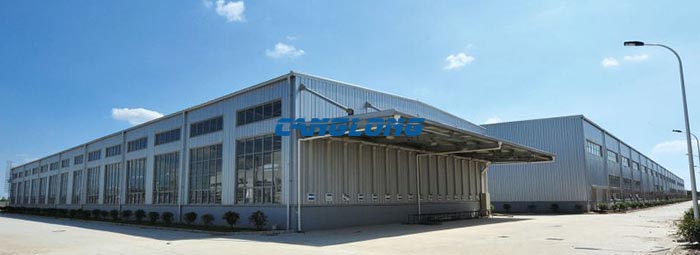
Conclusion
For clients, steel structure buildings are not just about building factories, they are about building the future. They carry the responsibility of achieving carbon neutrality goals, mitigating climate risks, and boosting industrial efficiency. Whether it’s structural safety compliant with AISC/EN/AS/NZS, green design compliant with LEED/BREEAM, or resilience strategies for extreme weather, China’s steel structure industry has developed technical capabilities and service systems that are in line with international standards. Amid the global manufacturing transition toward greener and more intelligent manufacturing, choosing a steel structure building means choosing an industrial path that balances safety, efficiency, and sustainable development.
As a well-known steel structure construction supplier in China, Canglong Group has 20 years of industry experience and provides one-stop steel structure solutions from design to installation. We have a factory of 100000 square meters, and all our products have been certified by ISO and CE, and are sold to over 80 countries and regions worldwide.
Related Posts
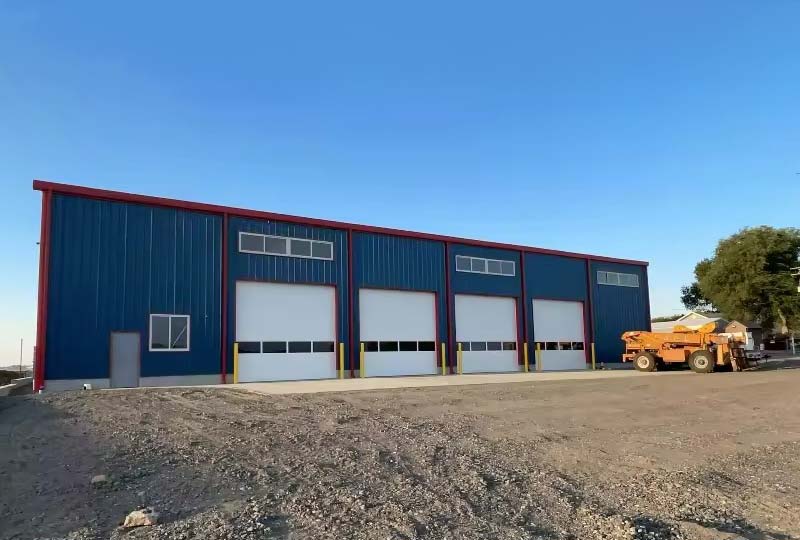
 October 17, 2025
October 17, 2025
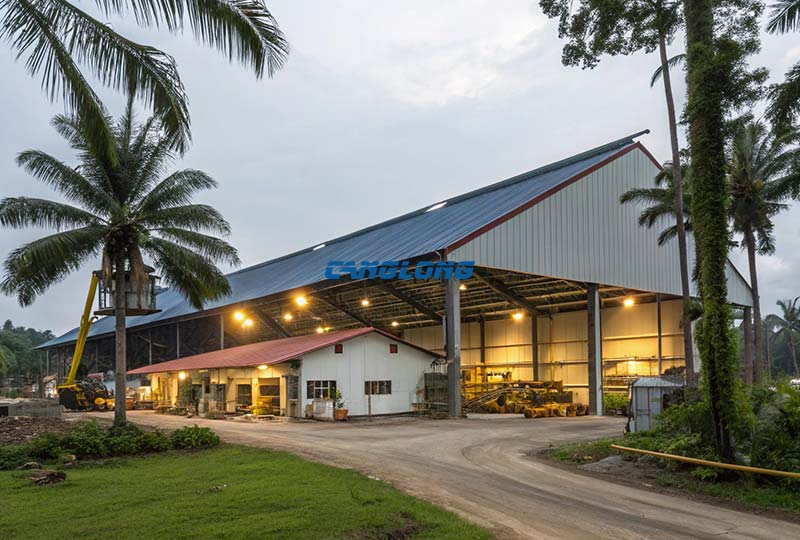
 August 9, 2025
August 9, 2025
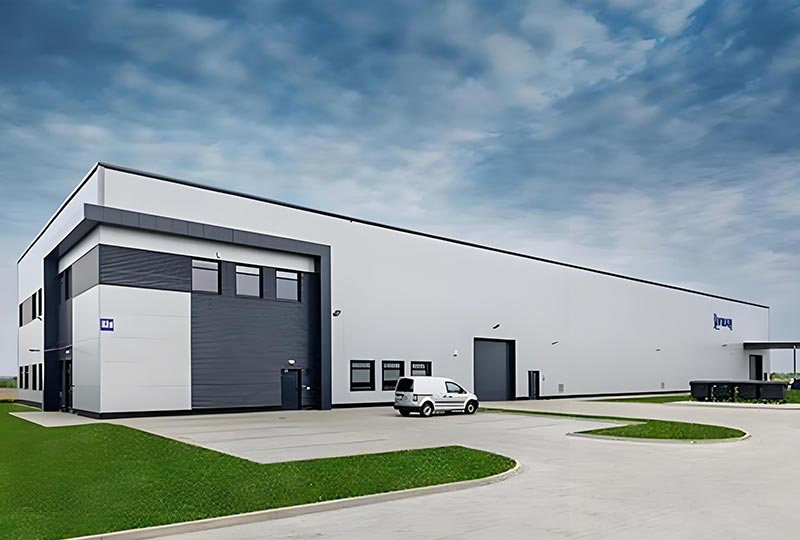
 September 15, 2025
September 15, 2025
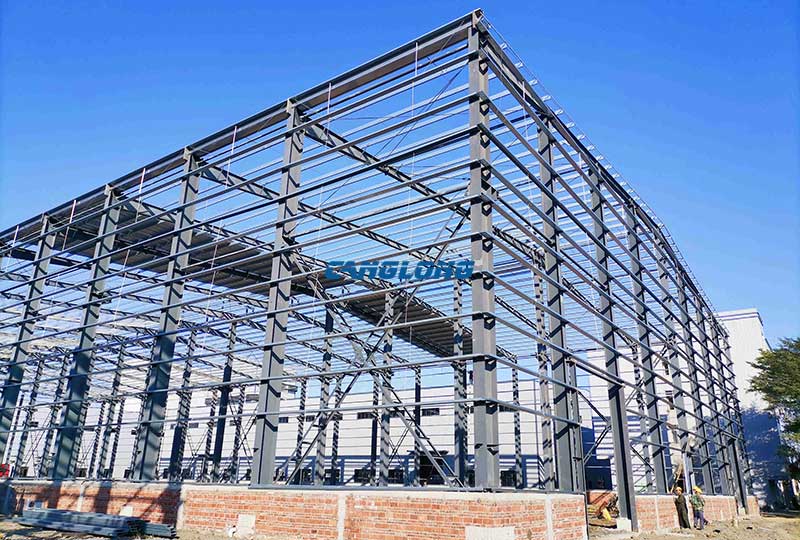
 August 13, 2025
August 13, 2025
Leave a Message
Your email address will not be published. Required fields are marked *

